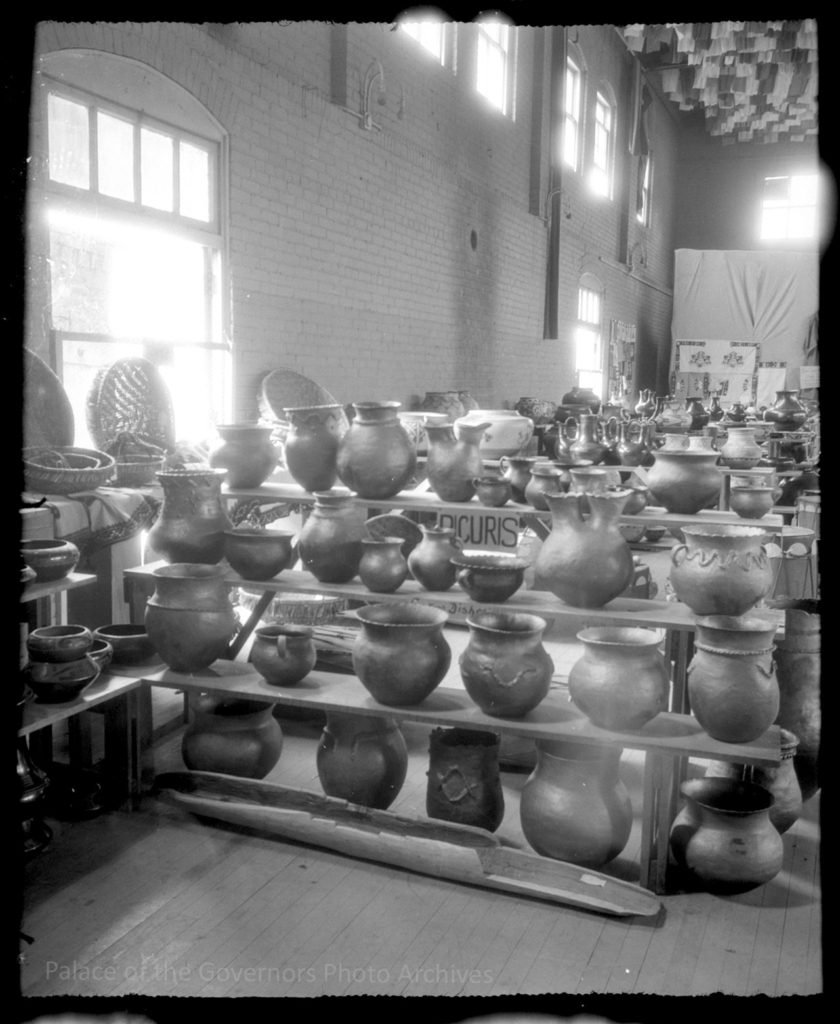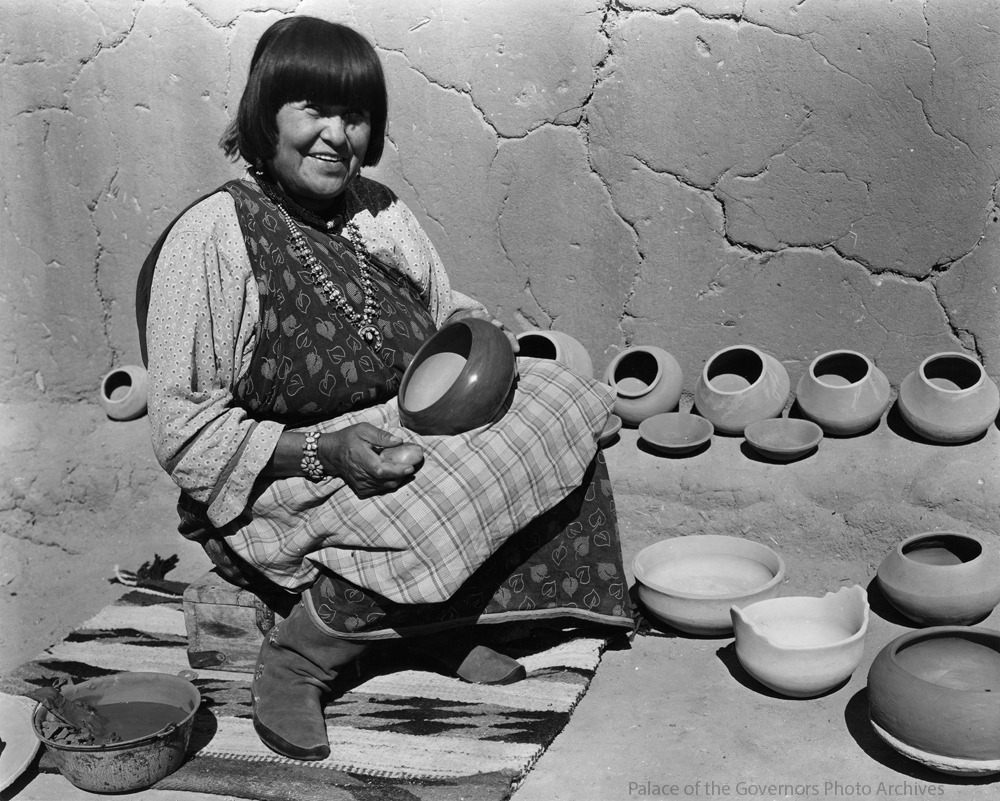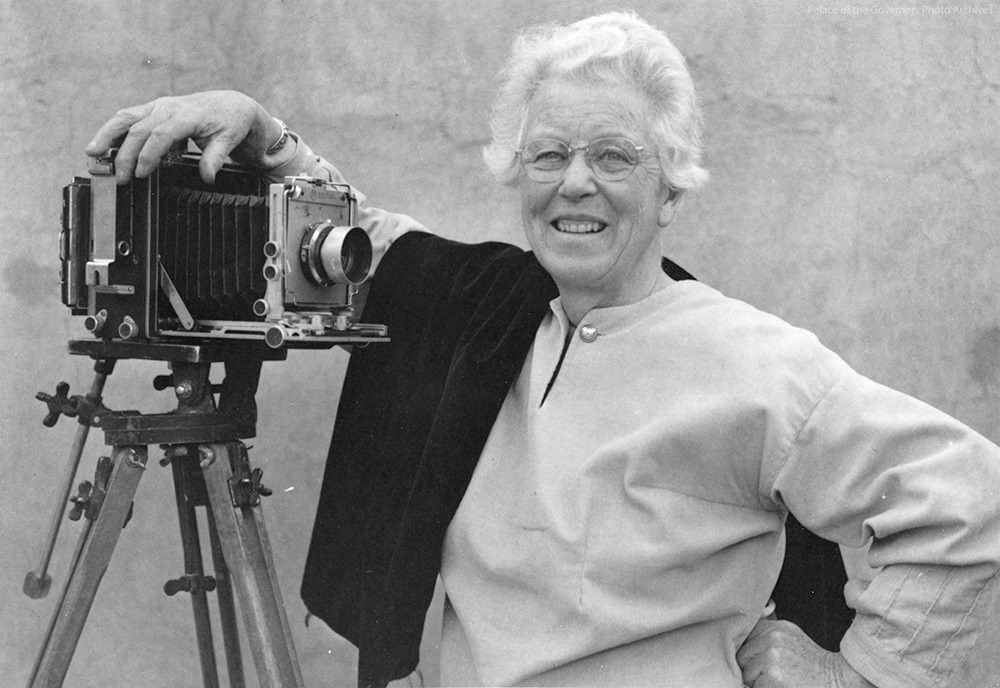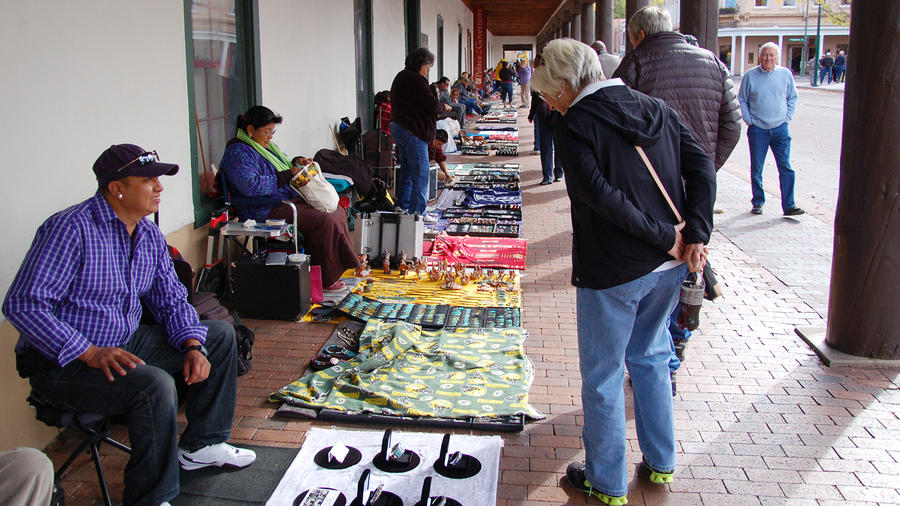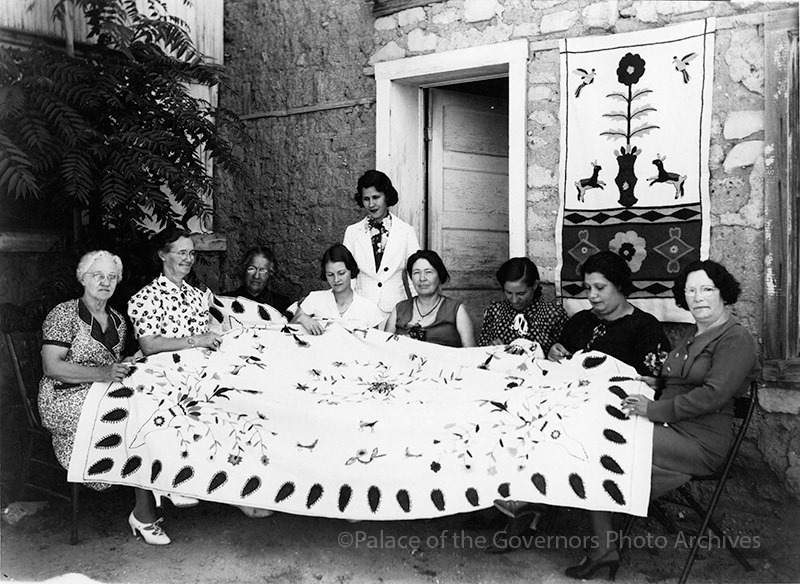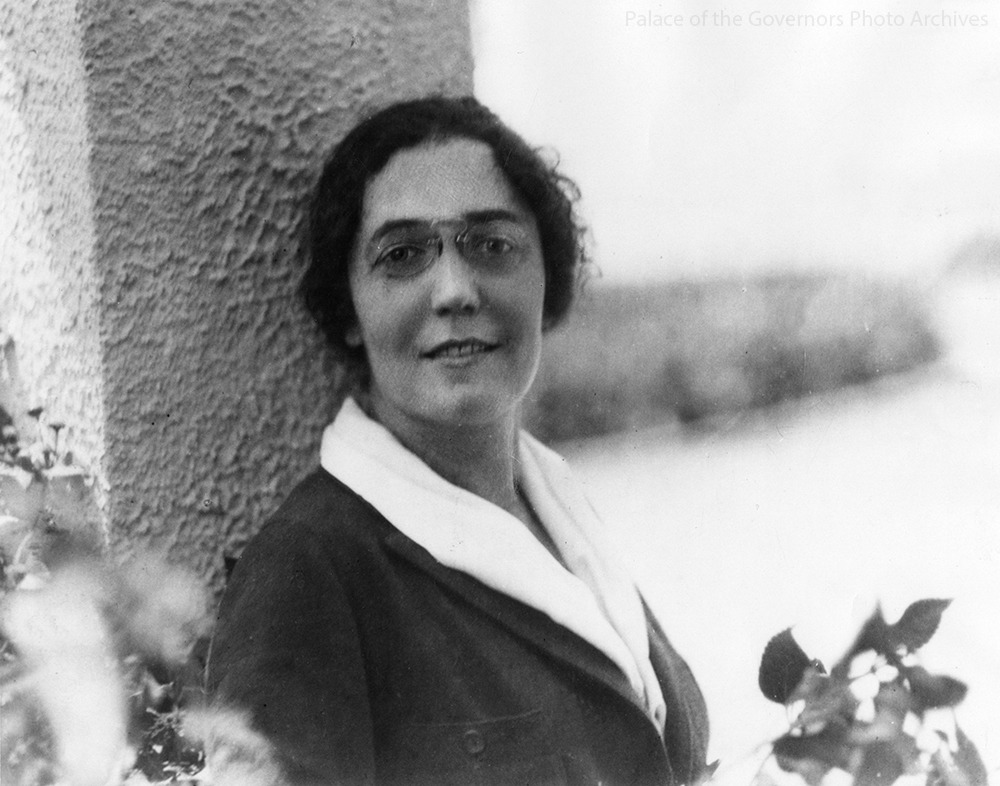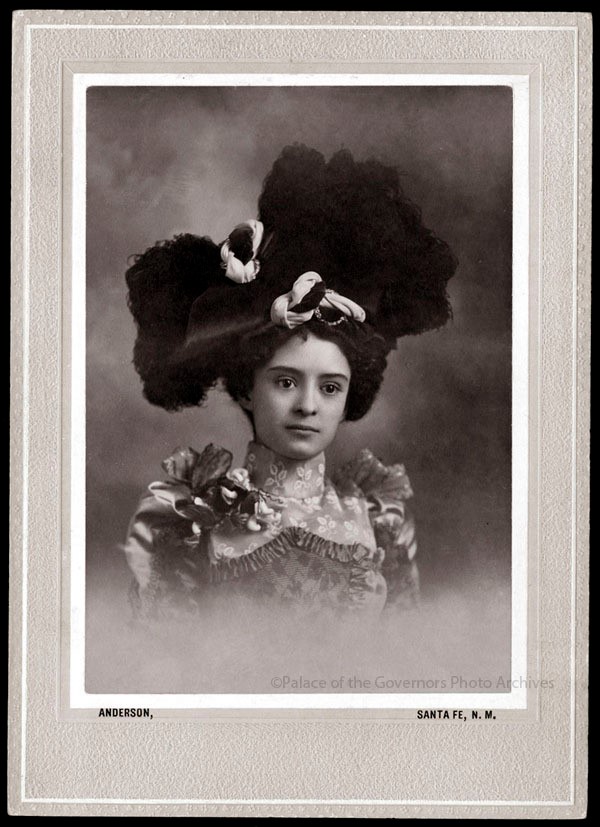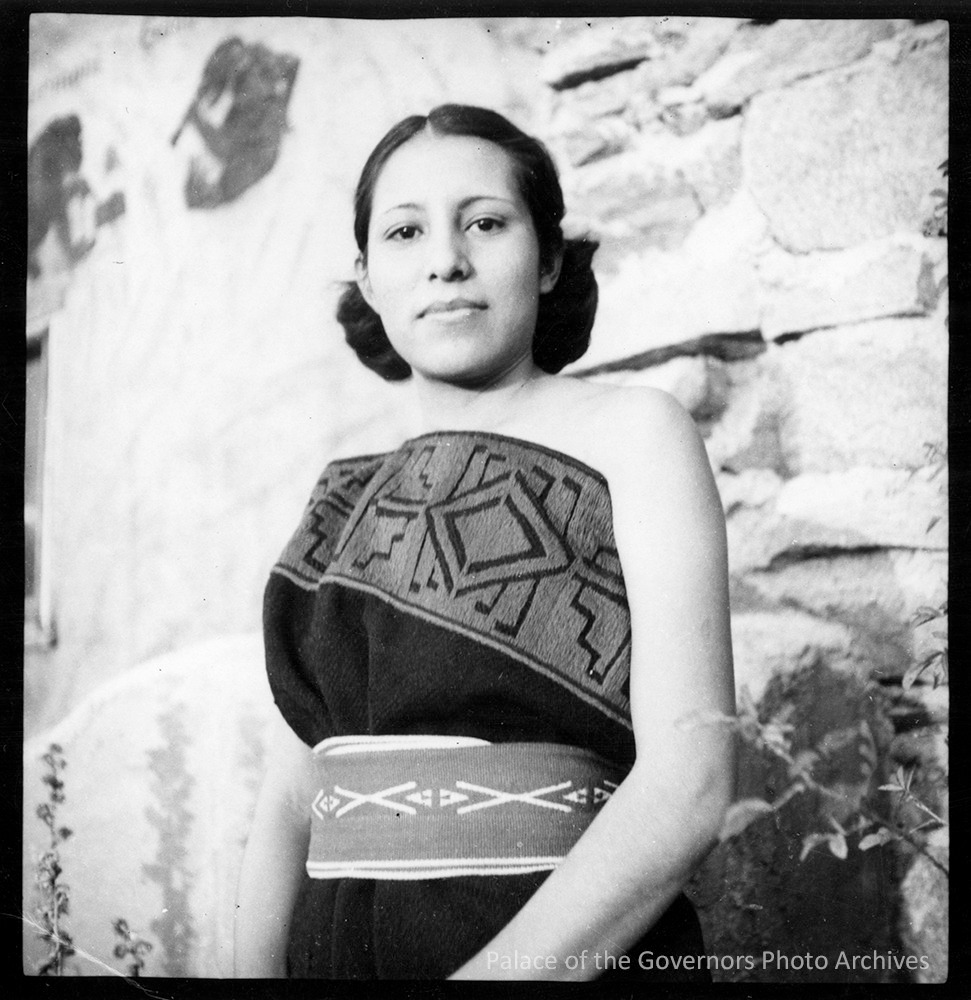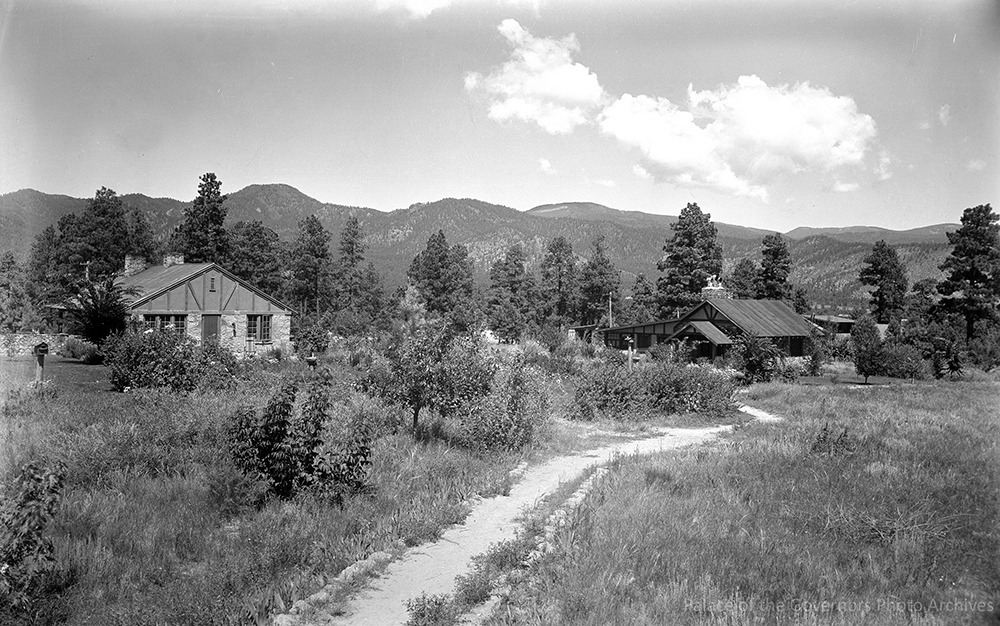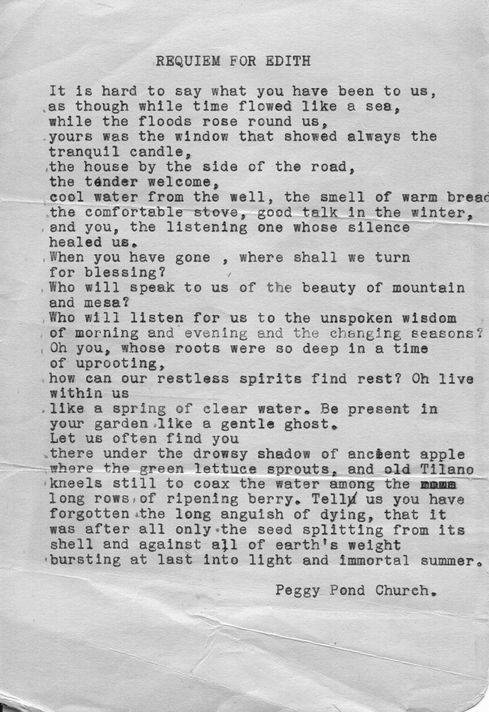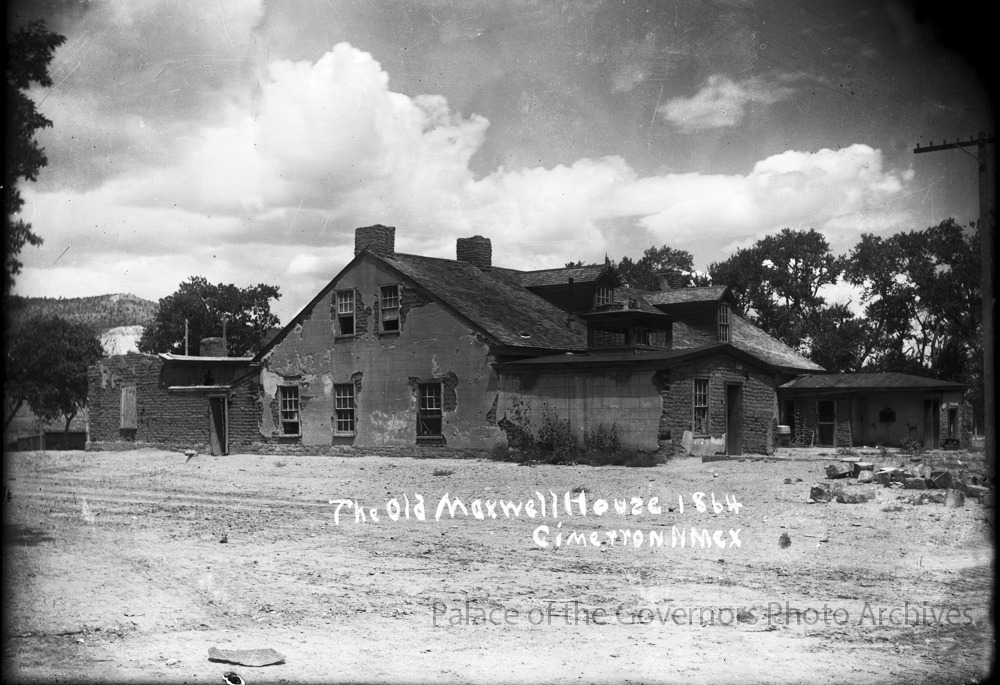
Lucien Maxwell house, Cimarron, New Mexico
Photographer: Edward A. Troutman
Date: 1909
Negative Number 014621
María de la Luz Beaubien Maxwell, 1829-1900 / Maxwell Land Grant
(SIDE 1) María de la Luz Beaubien, age 13, wed fur-trapper Lucien Maxwell in 1844, forever linking her to the history of the Maxwell Land Grant and New Mexico. She was born in 1829 to Charles H. Beaubien and María Pabla Lobato. Upon the death of her father in 1864, she inherited a share of her father’s portion of the Beaubien-Miranda Land Grant. Luz and her husband purchased the remaining Beaubien parcels as well as the Miranda lands, thereby owning the entire expansive tract that became known as the Maxwell Land Grant. (SIDE 2) The Maxwell Land Grant was the largest privately owned contiguous tract of land in the United States, comprising 1,714,765 acres in northeastern New Mexico and southern Colorado. It originated from the 1841 Beaubien-Miranda Land Grant that Governor Manuel Armijo made to Charles Beaubien and Guadalupe Miranda. After Beaubien’s death in 1864, his son-in-law, Lucien Maxwell, and daughter, María de la Luz, acquired the grant through inheritance and purchase. Maxwell was one of the wealthiest and most powerful men in New Mexico. The Maxwells sold the land to an English company in 1870. Later disputes between settlers and grant owners characterized the history of northeastern New Mexico in the late 19th century and precipitated the Colfax County War.
Roadside Marker Location: Colfax County, US Hwy 21
You can view a county by county list of the Historic Women Mile Markers in this pdf.
You can view a map of the Historic Women Mile Markers at www.nmhistoricwomen.org
March is Women’s History Month. During this month we’ll be highlighting some of the women featured on New Mexico’s Historic Women Roadside Markers. Text provided by our colleagues at New Mexico Historic Preservation Division

